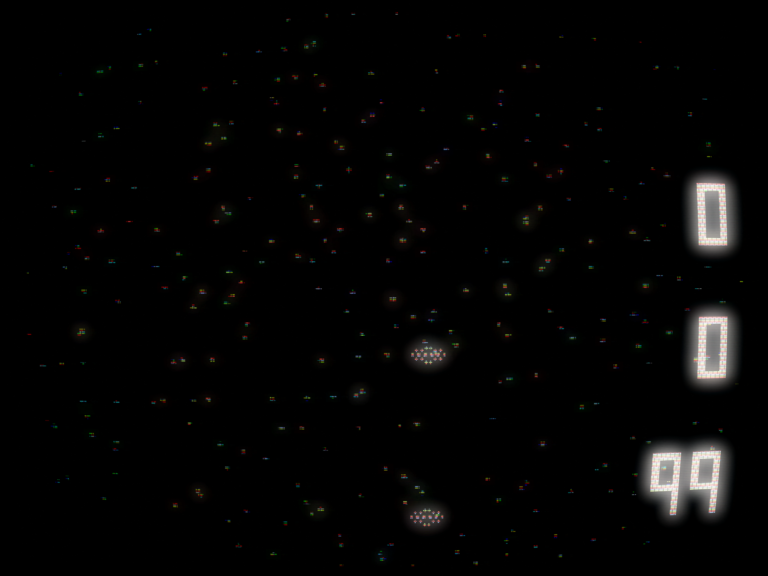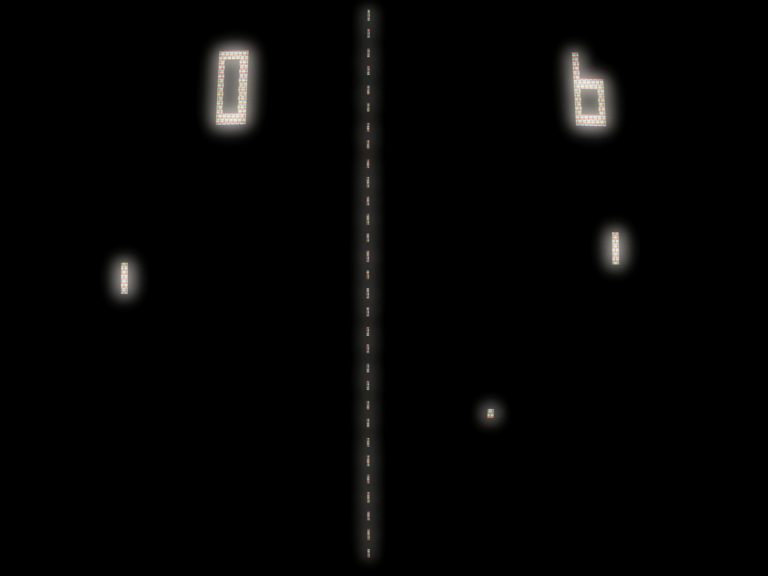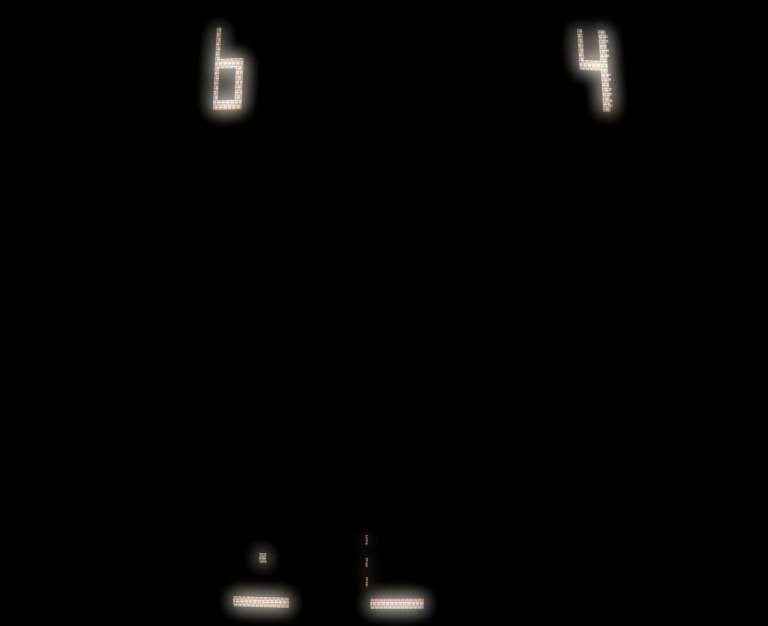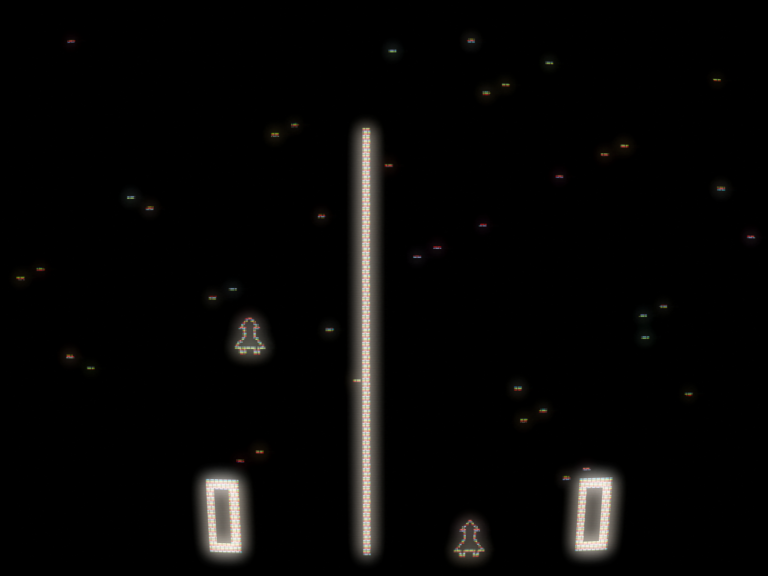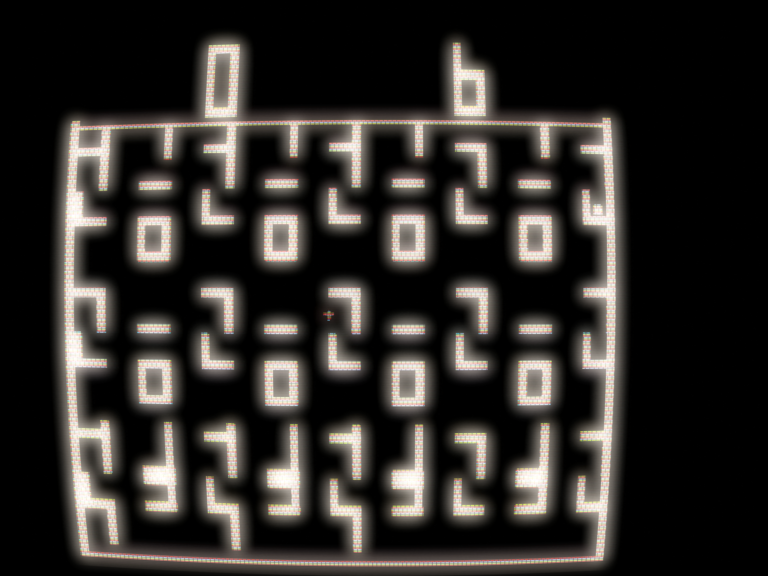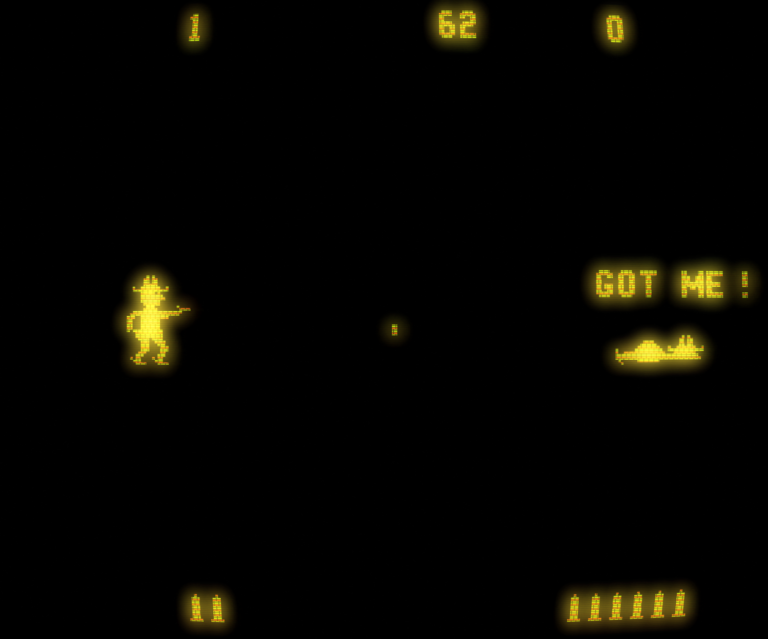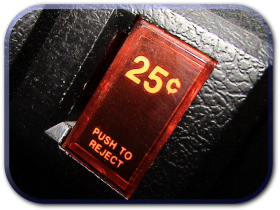 Welcome to one of the web’s oldest and most-respected repositories of information and critiques on classic video games: Phosphor Dot Fossils. You’ll find hundreds of reviews here, covering vintage arcade games, classic console games and long-forgotten early home computer software. The reviews here judge these games not by what technology has made possible since then, but by what was possible at the time of the game’s release. The articles here attempt to put each game into the context of its time, and you can use the sidebar menu to the right to browse through our massive database using just about any criteria you can think of. You can also view short video segments of the games in action (and, like the games themselves, some video segments have hidden “easter eggs” that can be revealed with a click!).
Welcome to one of the web’s oldest and most-respected repositories of information and critiques on classic video games: Phosphor Dot Fossils. You’ll find hundreds of reviews here, covering vintage arcade games, classic console games and long-forgotten early home computer software. The reviews here judge these games not by what technology has made possible since then, but by what was possible at the time of the game’s release. The articles here attempt to put each game into the context of its time, and you can use the sidebar menu to the right to browse through our massive database using just about any criteria you can think of. You can also view short video segments of the games in action (and, like the games themselves, some video segments have hidden “easter eggs” that can be revealed with a click!).
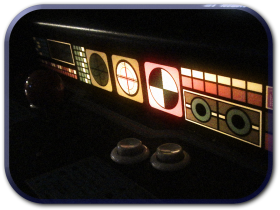
Phosphor Dot Fossils covers all hardware platforms, but special emphasis is placed on arcade games, which set the standards to which home consoles and computers had to at least attempt to rise, often with far more limited resources for memory and graphics. More than a few still-thriving franchises were born in massive plywood cabinets that took our quarters and our time in the 1970s and 1980s.
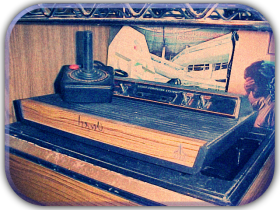 We frequently follow these arcade hits home, where they appeared on numerous consoles and computers that were underpowered compared to their coin-op counterparts. But despite memory and hardware limitations, consoles – and their brilliant game designers and programmers – found ways to excel at games that simply weren’t suited to the arcade environment, where a never-ending stream of quarters was more important than a “deep” gaming experience that might last for more than a few minutes. There was room for both kinds of games back then – and there still is.
We frequently follow these arcade hits home, where they appeared on numerous consoles and computers that were underpowered compared to their coin-op counterparts. But despite memory and hardware limitations, consoles – and their brilliant game designers and programmers – found ways to excel at games that simply weren’t suited to the arcade environment, where a never-ending stream of quarters was more important than a “deep” gaming experience that might last for more than a few minutes. There was room for both kinds of games back then – and there still is.
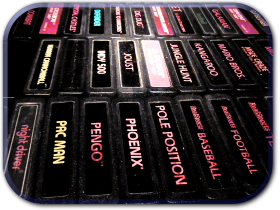 Phosphor Dot Fossils covers arcade, console and computer games – as well as, to a slightly lesser extent, non-programmable dedicated game consoles and handheld and portable games. In some cases, where classic game franchises have continued to emerge through the 1990s and the 21st century, we follow those games too, whether they’re “greatest hits” collections of classic games, or complete remakes with modern graphics and sound. We also cover imported games never released in North
Phosphor Dot Fossils covers arcade, console and computer games – as well as, to a slightly lesser extent, non-programmable dedicated game consoles and handheld and portable games. In some cases, where classic game franchises have continued to emerge through the 1990s and the 21st century, we follow those games too, whether they’re “greatest hits” collections of classic games, or complete remakes with modern graphics and sound. We also cover imported games never released in North  America, newly-programmed “homebrew games” for classic systems, and even games that never saw the light of day.
America, newly-programmed “homebrew games” for classic systems, and even games that never saw the light of day.
Along the way, there is a single narrative being told by this multimedia study of classic games: it’s the creation and rise of an industry that now dominates the entertainment landscape, and the advancement of multiple technologies whose effects can be felt far beyond our living rooms. Controversies have come and gone, but the medium of the video game is here to stay.
This is how it all started, and how it evolved from there.
Welcome to Phosphor Dot Fossils.
Stay and play.

